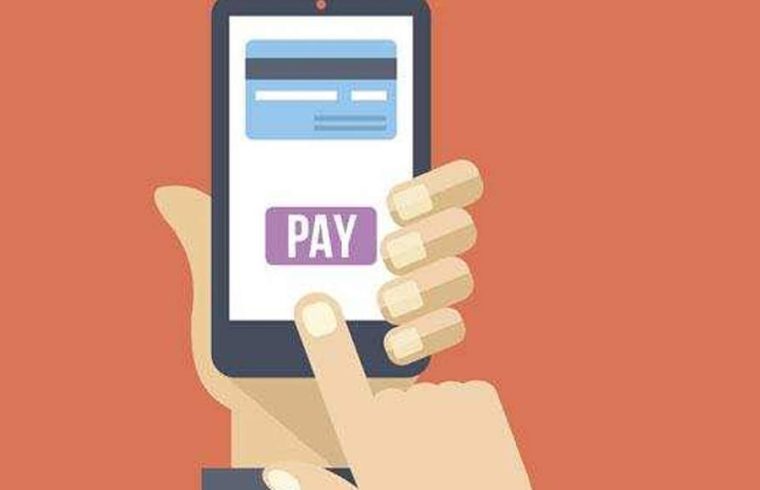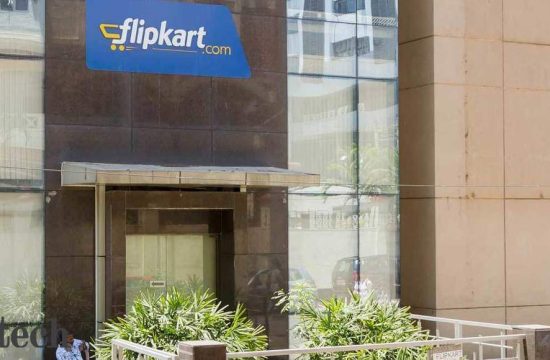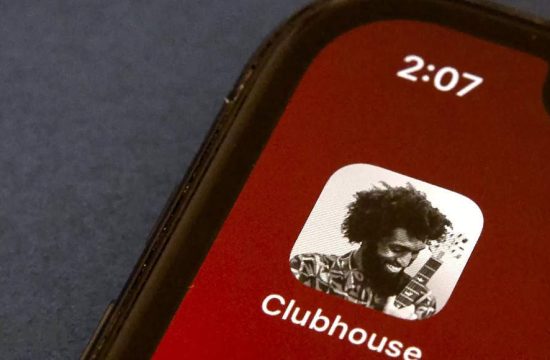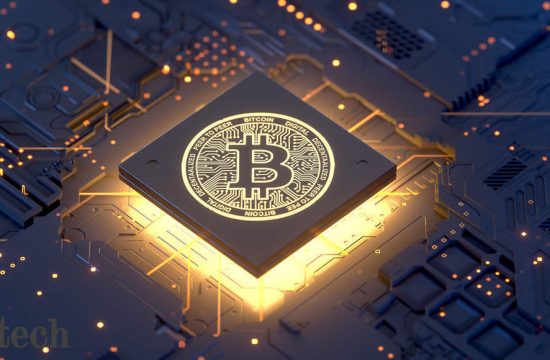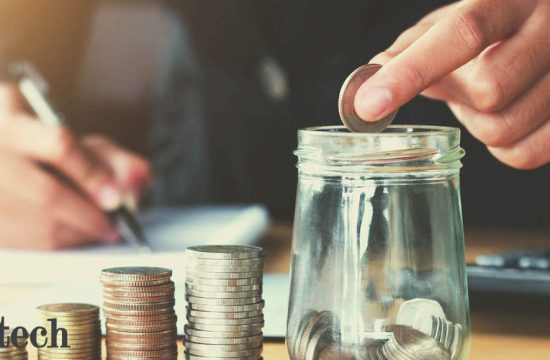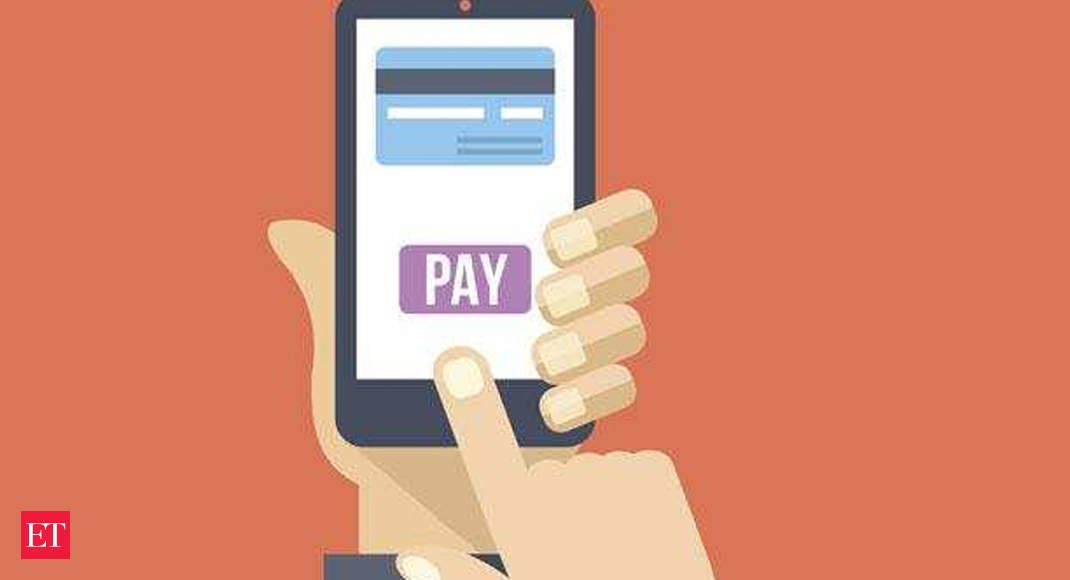
NEW DELHI: Digital payment transaction saw a 23 per cent jump in the past one month, signalling a rebound after the decline seen during the nationwide lockdown, according to a report by fintech platform Razorpay.
The report analysed consumer behaviour and digital spending patterns during lockdown and in the later days.
“With the economy inching towards normalcy, digital payment transactions have rebounded by 23 per cent in the last 30 days (June 3-July 2). The overall digital transactions declined by 12 per cent in the last 101 days, compared to a 30 per cent drop in the first 30 days of lockdown (March 24-April 23),” the report said.
It added that sectors like logistics, real estate and healthcare are starting to see some normalcy.
“Due to stress in income across households, consumer payment behaviour has changed. Paylater, cardless-EMI and EMI have become preferred payment modes with a growth of 290 per cent, 178 per cent and 125 per cent, respectively,” it said.
According to the report, UPI continued to be the preferred mode and grew 43 per cent, while use of cards was up by 40 per cent and Netbanking by 10 per cent.
Mobile wallet transactions, particularly in tier-II cities (via AmazonPay, JioMoney and Paytm) saw a spike, owing to increased contribution towards PM-CARES Fund and cashback offers, it added.
Harshil Mathur, chief executive officer and co-founder of Razorpay, said the digital payments industry could not escape the pandemic crisis, and a dip of 30 per cent was witnessed in online payments since the lockdown began.
“And now…a rebound of 23 per cent over the last 30 days is a sign of gradual revival of the digital economy. After witnessing an increased demand for digital payments in tier-II and III cities, I believe COVID-19 has definitely propelled the final push to overthrow cash, which even demonetisation couldn’t, as Indians now become more comfortable paying for services without cash,” he added.
Mathur said COVID-19 is forcing sectors to digitise, as businesses cannot be closed for a long period of time and social distancing is here to stay for the next 12 months at least.
Small and medium businesses and consumers are beginning to realise the friction and frustration involved in handling cash after having experienced seamless digital payments, he added.
“But, for this to happen at scale, the government’s constant push to digitisation through necessary education, digital rewards and incentives may not be enough.
“It needs to be clubbed with intelligent innovations in financial transactions focussed on improving customer experience such as facial recognition technology, possibly wearables, hearables and implantables along with investment in business banking platforms (neo-banks),” he noted.
